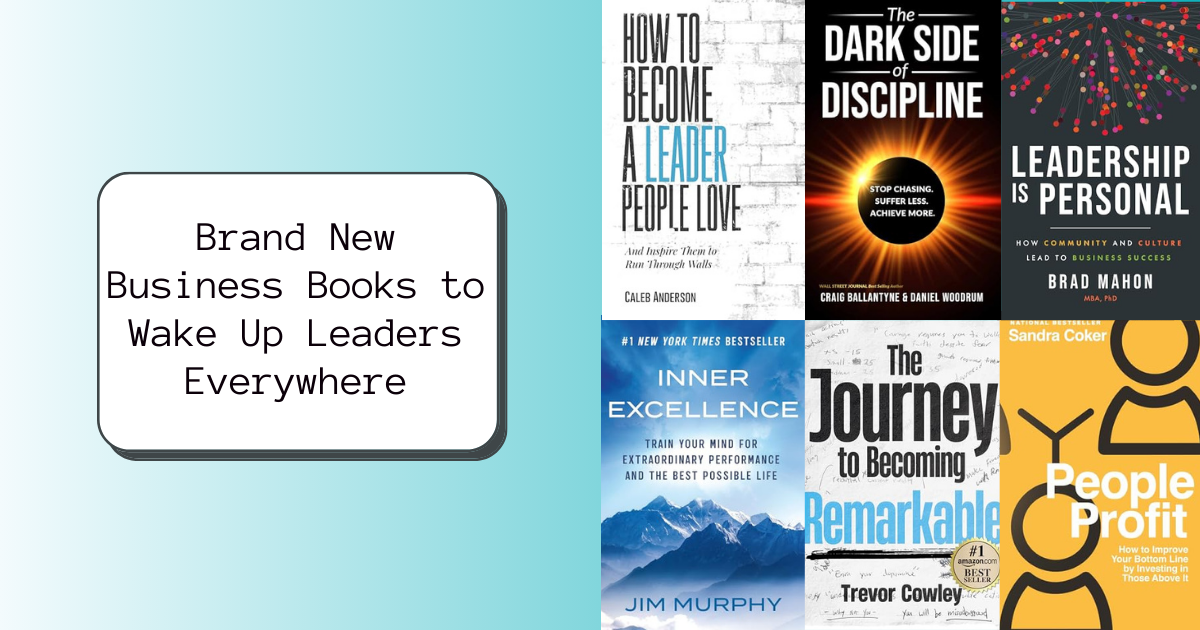Companies need to leverage every resource and reexamine all aspects of their business to survive and thrive during economic downturns. And that means that even businesses that have, to date, grown organically need to consider seeking the strengths and resources of partners or vendors to help scale innovation and encourage growth during these challenging times.
Forming the right partnerships can be a strategic maneuver that may determine a business’s survival or failure. So, what critical factors should business leaders consider as they seek and cultivate lucrative partnership opportunities?
Below are five rules to cultivate successful corporate partnerships.
1. The partnership has to make sense for all parties.
There are several factors, characteristics and principles for effective partnerships, but the most important one is that it makes sense for all parties, not just your company. Always remember that your potential partner will need to clearly understand how a partnership with your organization will provide a benefit to them. The benefit doesn’t always need to be monetary (although it always helps) but could also be to improve their brand image or even to explore a new market.
Next, remember that companies are looking for partners that fit their mission, brand reputation and business interests. Therefore, they prioritize aligning themselves with organizations demonstrating substantial value and possessing a track record of success or progress.
Successful partnerships require a substantial investment from both parties. Therefore, it’s essential to understand how the partner you’re looking for makes sense for your organizational strengths and weaknesses. In addition, finding a partner with the right resources and experience would be best to help you reach your target goals.
2. Define the partnership’s business goal.
A report from BPI shows that 57 percent of companies leverage strategic partnerships to acquire new customers, and 44 percent use partnerships to grow innovation. However, collaboration should not be the last resort to keep a business afloat; it should be treated as an option to help a company reach its goals. The first step to defining your potential collaborative goals is asking the following questions:
• What are you hoping to achieve by forming a strategic partnership?
• Will this partnership enable the established partner to be positioned as innovative and forward-thinking?
• Do their reputations and business objectives align with your company?
• What will the roles of each partner be, and how will you mutually benefit each other?
To achieve a successful joint partnership, having defined business goals is critical. Focus on understanding what your company can gain from partnership opportunities. You will want to show prospects how your company can de-risk their participation. One way to do this is for your organization to take on most of the risk and make it a low-cost opportunity. The risk doesn’t have to be monetary—it could be reputational or even regulatory—but make sure to make it easy for the other side to say yes.
Clearly outlining your strategic vision and gaps in areas of your business, in addition to identifying short and long-term goals, can help guide you to select a partner with whom you can build a relationship that can enhance your chances of success. You don’t want to enter partnerships with contrasting objectives, risk tolerance or unrealistic return expectations.
3. Find the right fit.
When companies form partnerships, making the experience frictionless is essential. One way to do this is to find the right fit with a company that is aligned in its mission and values with your company. To do this, your company will need to clearly define your mission and vision, then identify the goals of a potential partnership. Once your goals are defined, the criteria for selecting and researching partners should focus on the strategic context of your company’s objectives.
However, before starting your research, you should put together a list of your ideal companies and understand their business thoroughly. Take time to search widely, flush out all possibilities and choose the best one. When assessing a potential partner, it is vital to develop a framework to help your team assess potential partners on an opportunity-by-opportunity basis. Create a list of partnership expectations for the interview process with due diligence measures, and take the time you need to get it right. Defining the expectations up-front provides an outline of actions that the potential partners can use to evaluate the viability of the partnership. Mistakes in this process can become extremely expensive.
It is also good to remember that as you’re doing extensive research on your potential partners, they will also do their due diligence concerning your organization. So make sure you have a strong strategy that aids discoverability and adds to your reputation.
4. Make sure the partnership adds competitiveness.
In markets where competitive dynamics and sources of advantage are changing quickly, it’s best to look for characteristics in partners that have the potential to reduce costs and increase access to resources that may be far too expensive to garner and maintain on your own. These characteristics are why partnerships will continue to give companies a competitive advantage in their industry if they choose the right partners for their specific needs. Ensure you understand your market and strategically select partners to create new benefits for your organization.
Collaboration between resources and capabilities can generate significant growth between organizations, especially in developing a mutual product or service offering or exploring a new venture. In addition, increased competitive power can help companies jointly advance above other competitors, which can result in further expansion into new market areas.
It’s important to remember that a balanced commitment and investment from each party will ensure the partnership will drive impact, innovation and longevity in overall returns. Know that you’re giving each other a competitive edge if both parties commit. A mutually beneficial partnership can be a competitive differentiator if each party stays focused on the end goal.
5. Ensure you are meeting the partner’s needs.
Be sure to formalize the agreement with a document. In the early stages of discussions, it’s helpful to have a letter of intent (LOI) or memorandum of understanding (MOU). In later stages, you’ll want a formal agreement between the parties. Once a written agreement formalizes the relationship and responsibilities of the parties, it will work as an outline of expectations. It will also protect your company and the partnership if expectations aren’t met. If a disagreement arises, this is also the document you can refer to in order to get the relationship back on track.
Strategic partnerships require both parties to share information and resources. Exercising transparency during negotiations is the best way to ensure everyone understands both parties’ goals. As a result, companies are equipped to avoid costly setbacks and disagreements when new obstacles emerge.
You don’t want to waste a partner’s time; ensure that you are addressing and anticipating any issues partners may have in the present and future. Partners can avoid problems and misunderstandings by establishing an effective communication process for working with their partners to ensure success.
When done right, a strategic partnership can benefit both companies involved, creating the potential for both parties to increase growth and improve efficiencies. You can design your strategy to find the right partner by preparing ahead. Understanding your market, your business and the potential partners for your business will enable you to make better pitches, earn the trust of your partners and drive more revenues for your company.
The post How Partnerships Can Help You Through An Economic Downturn appeared first on ChiefExecutive.net.







































































